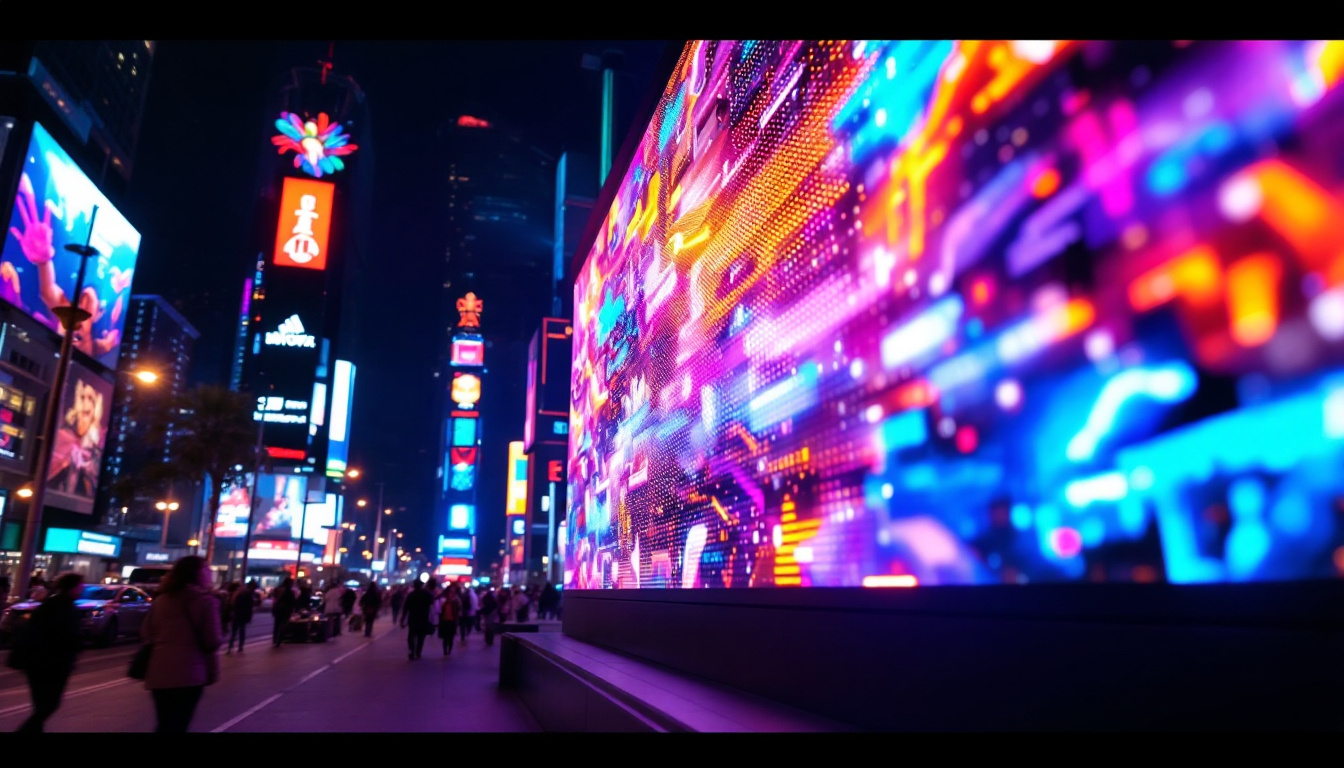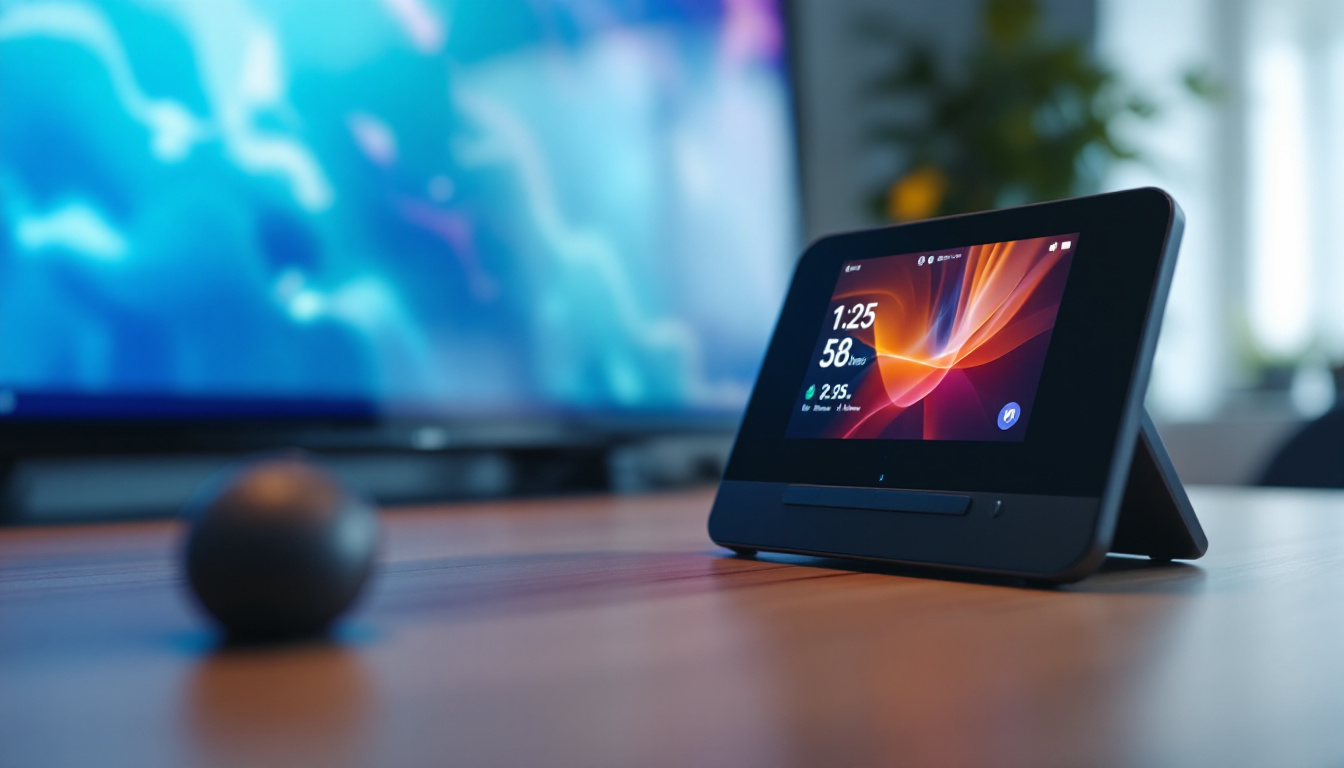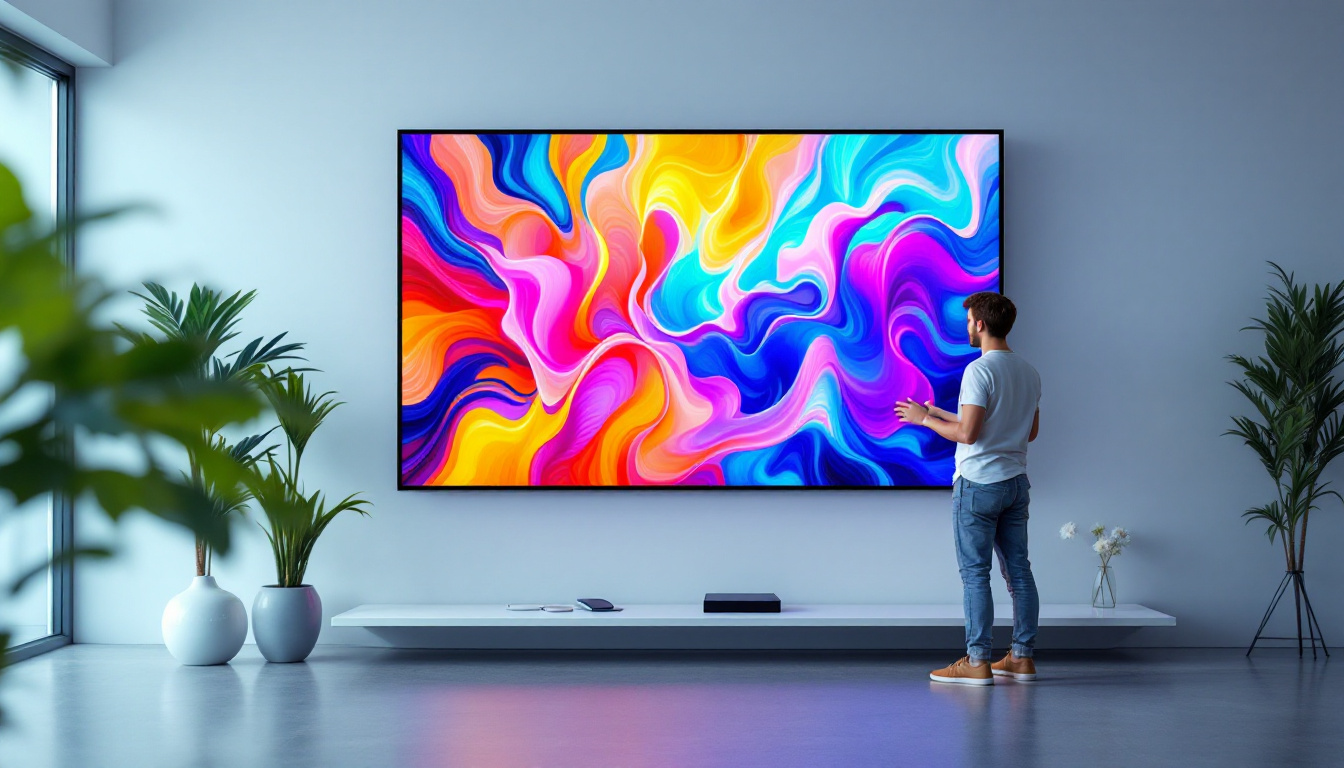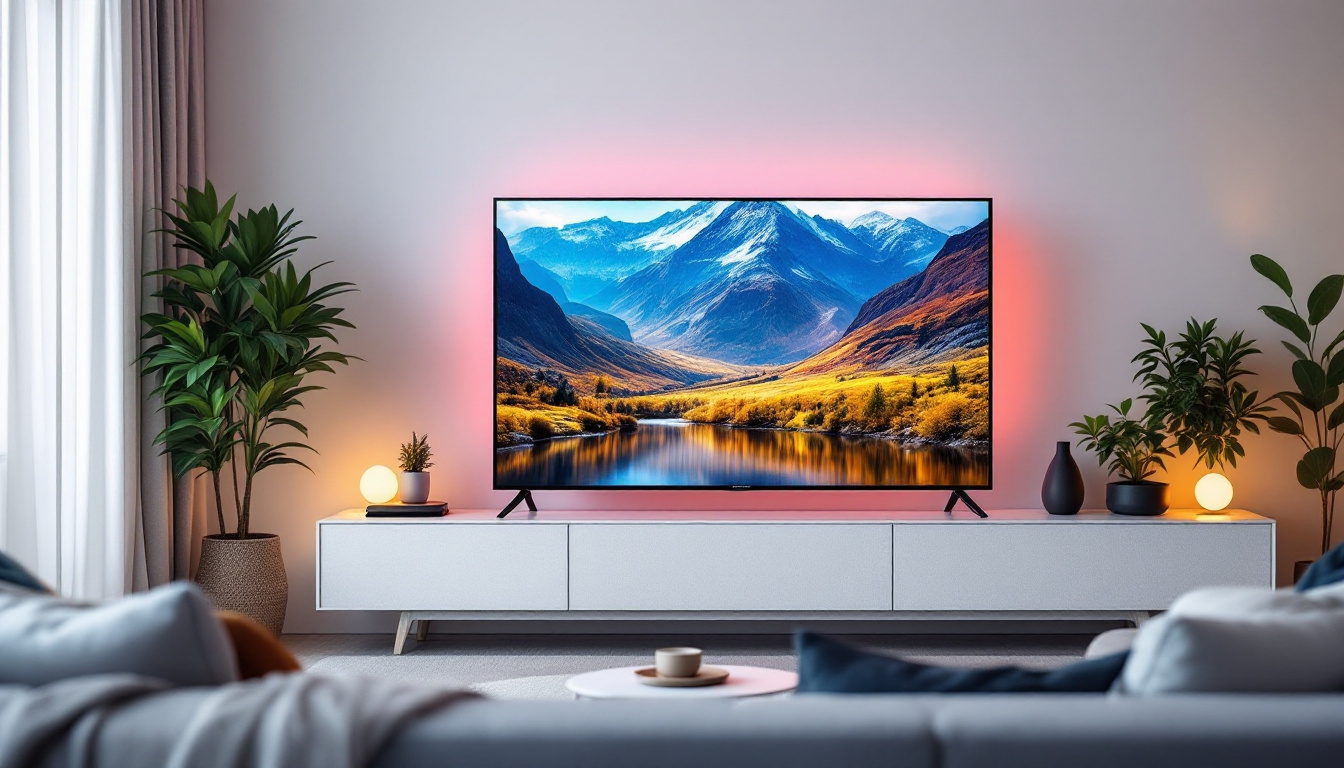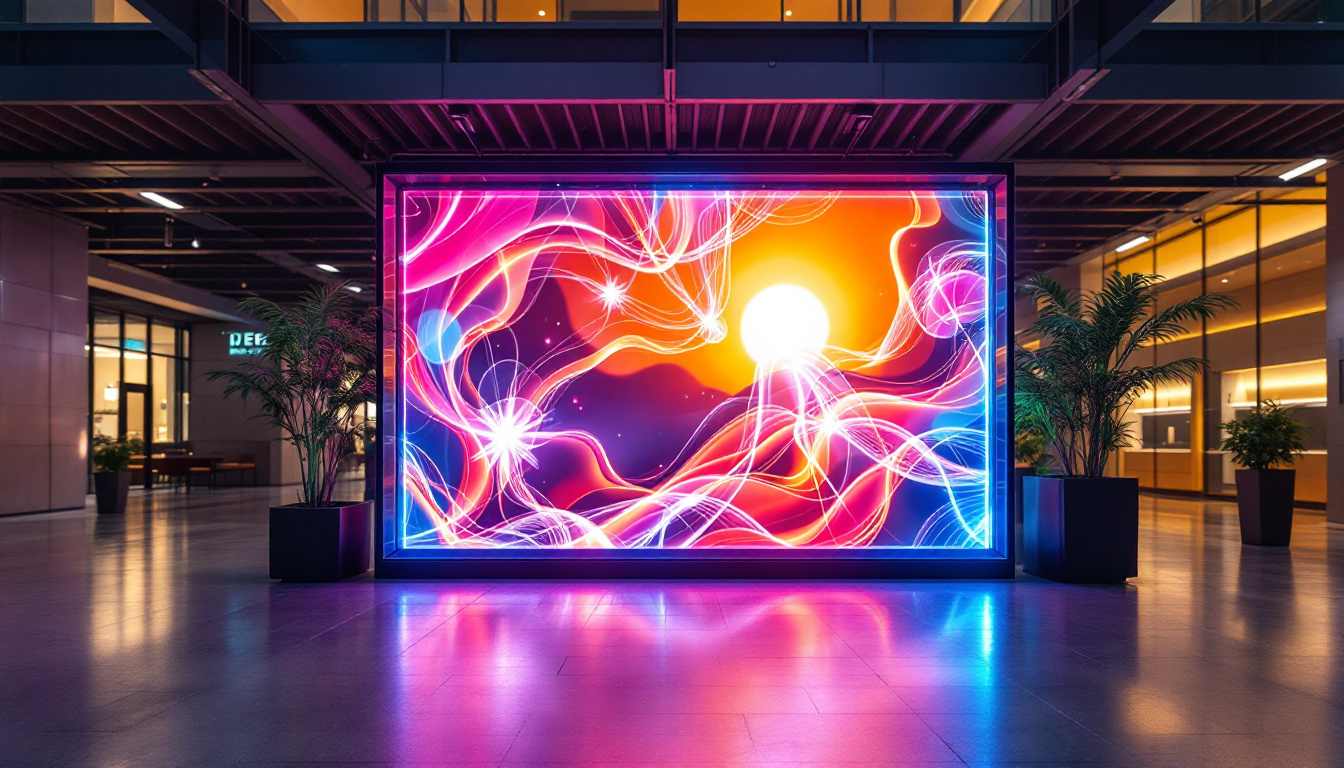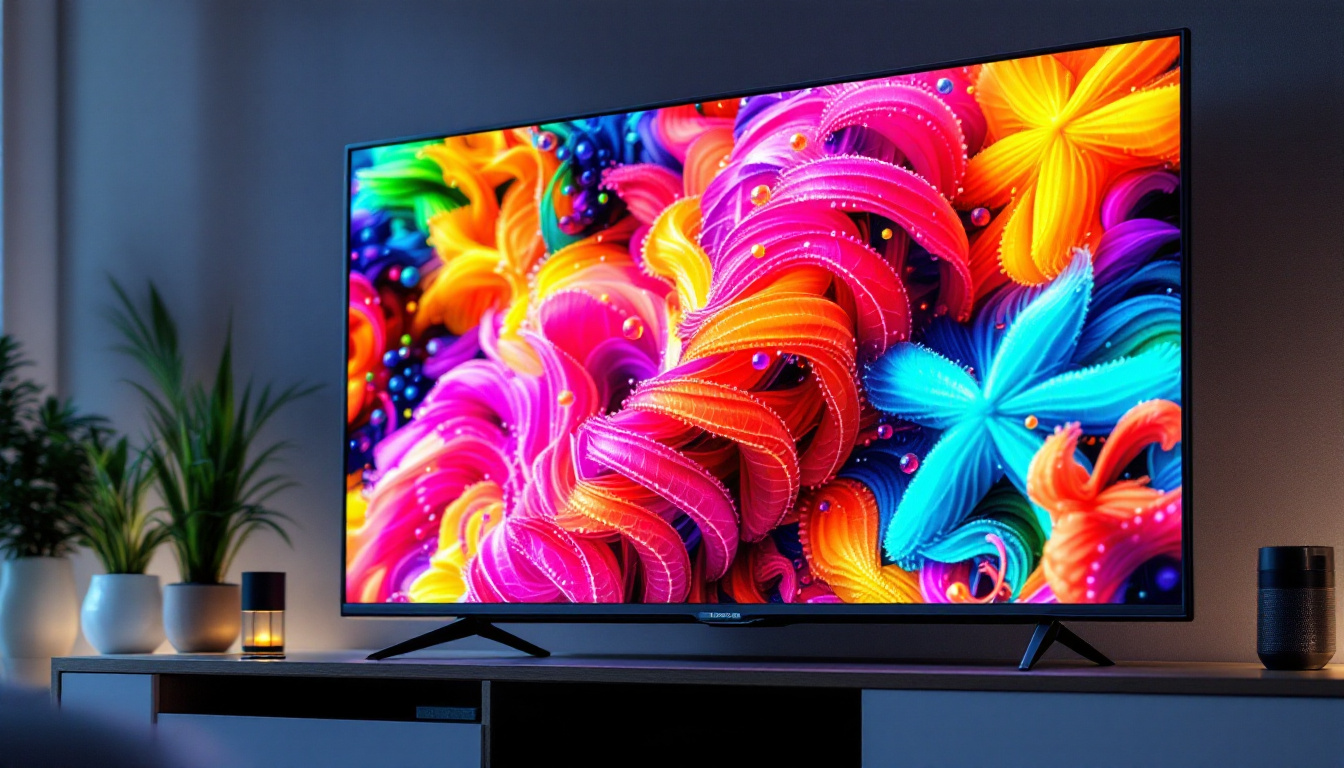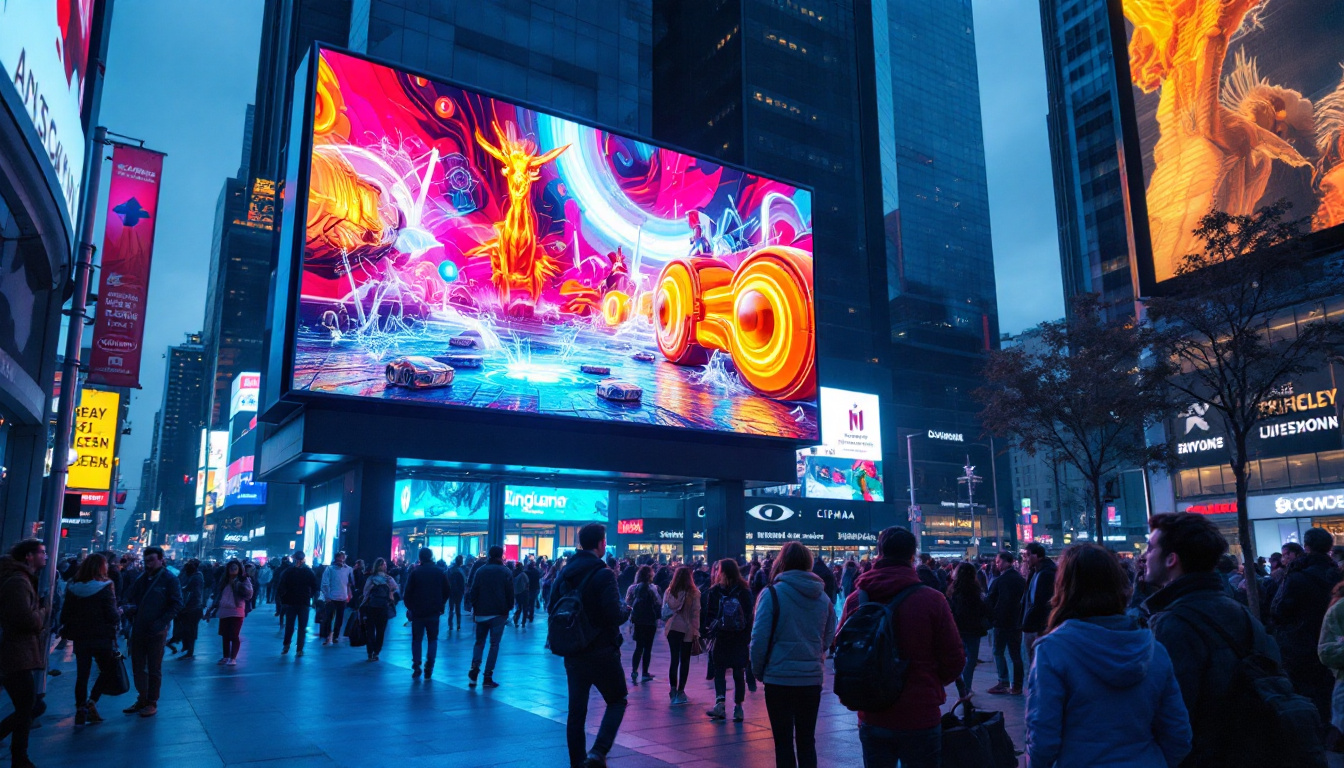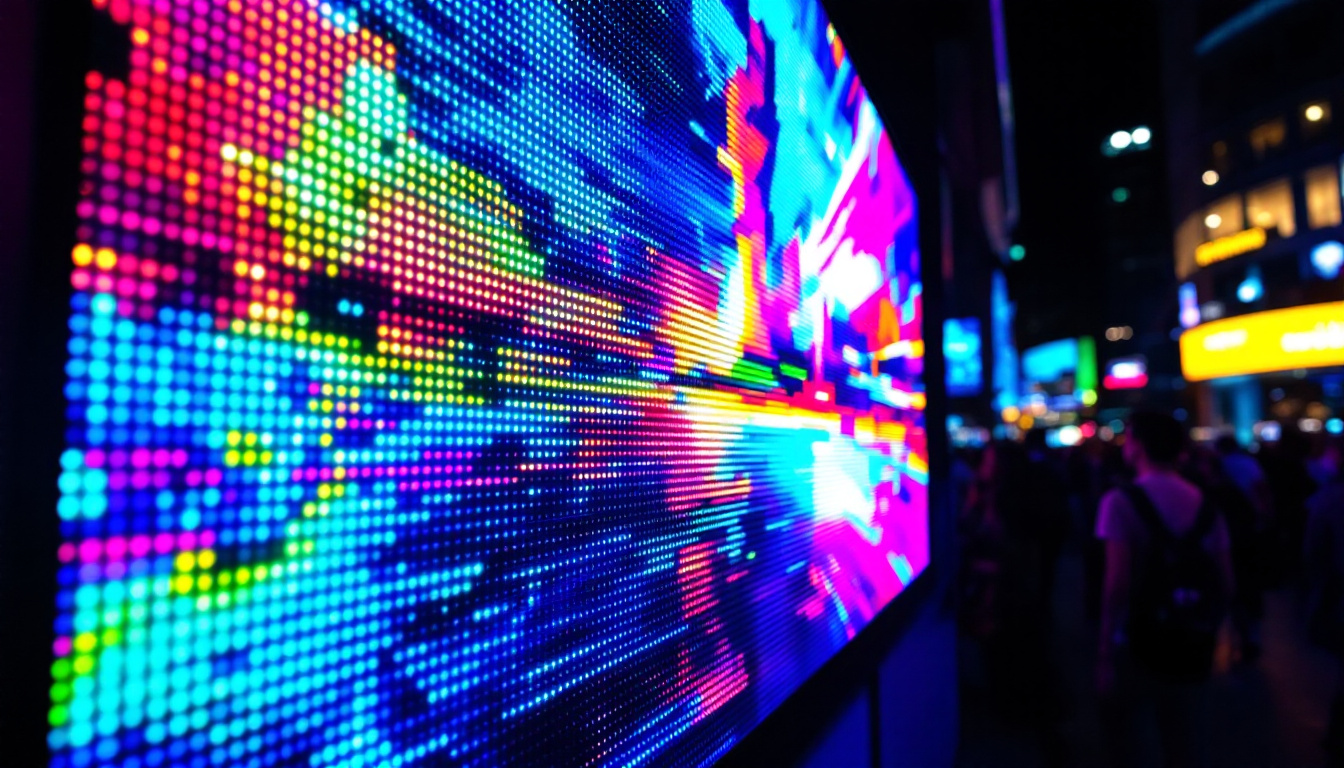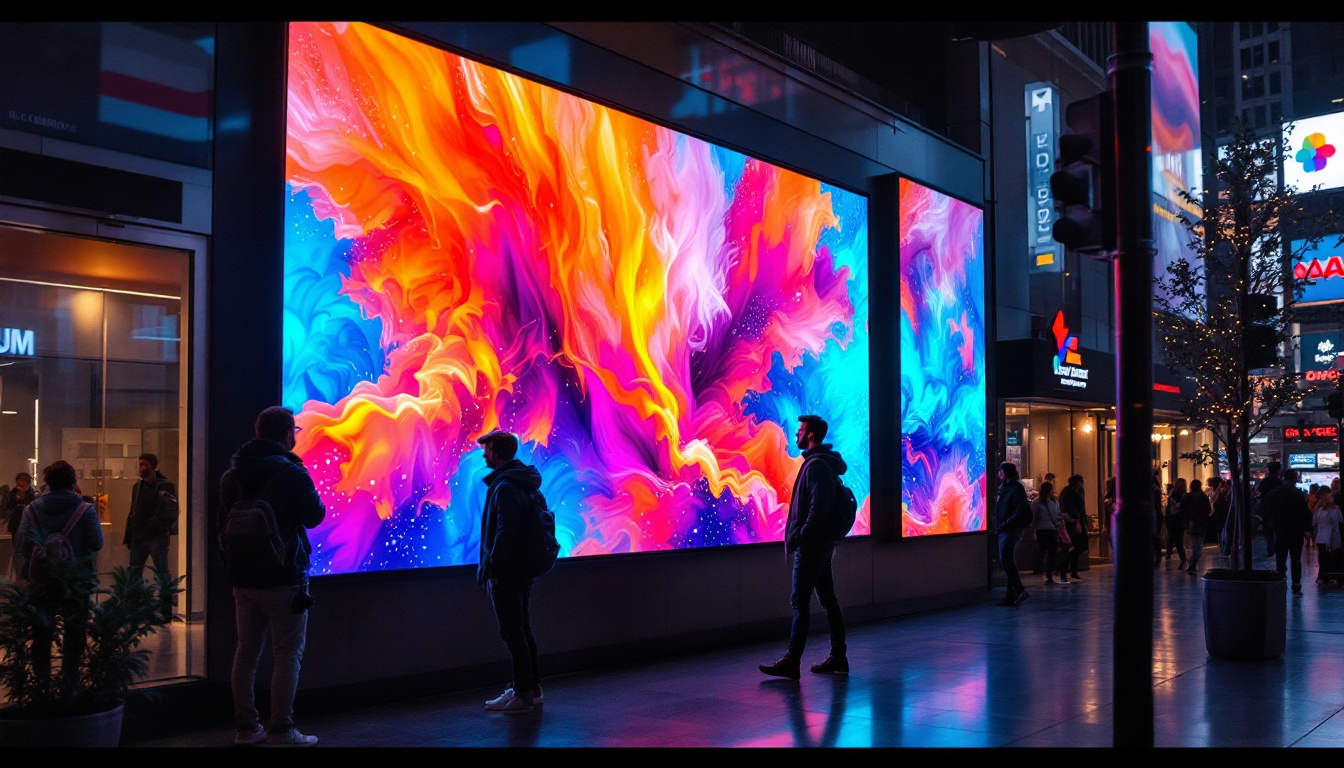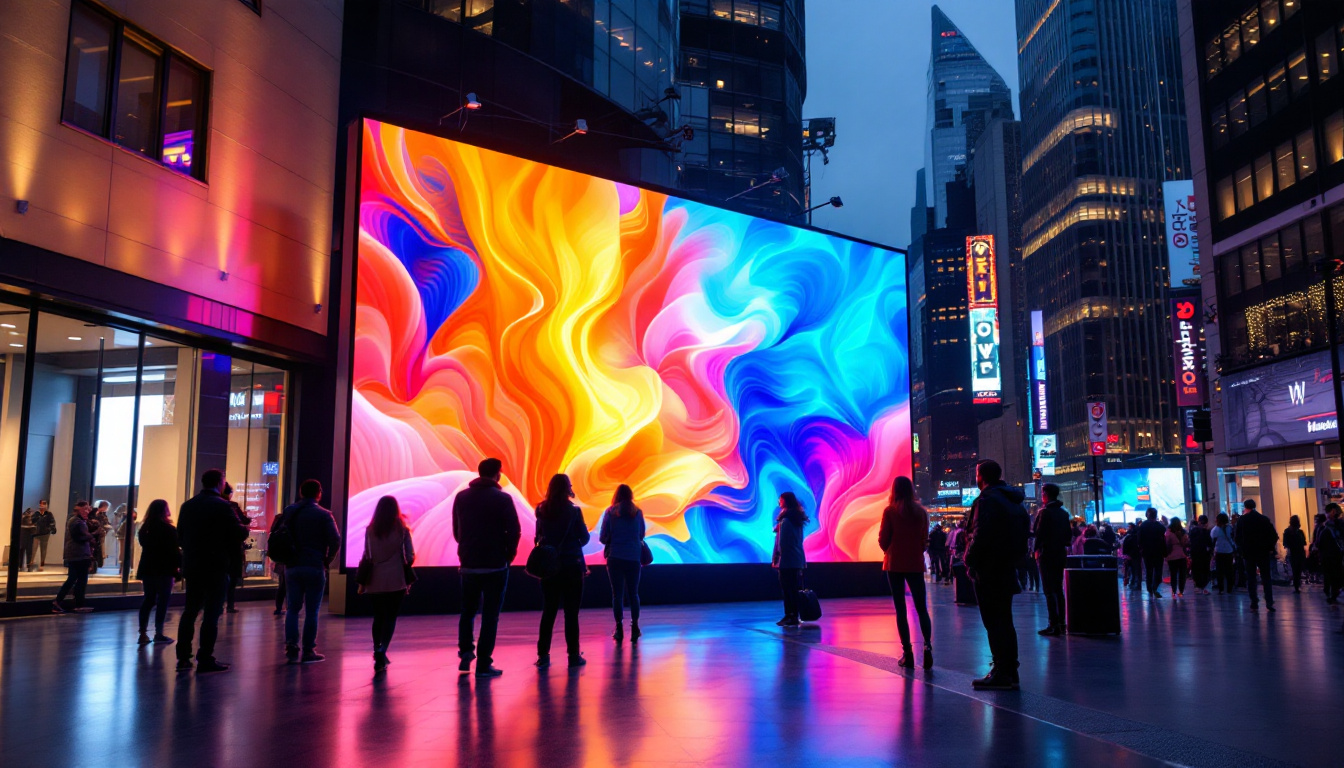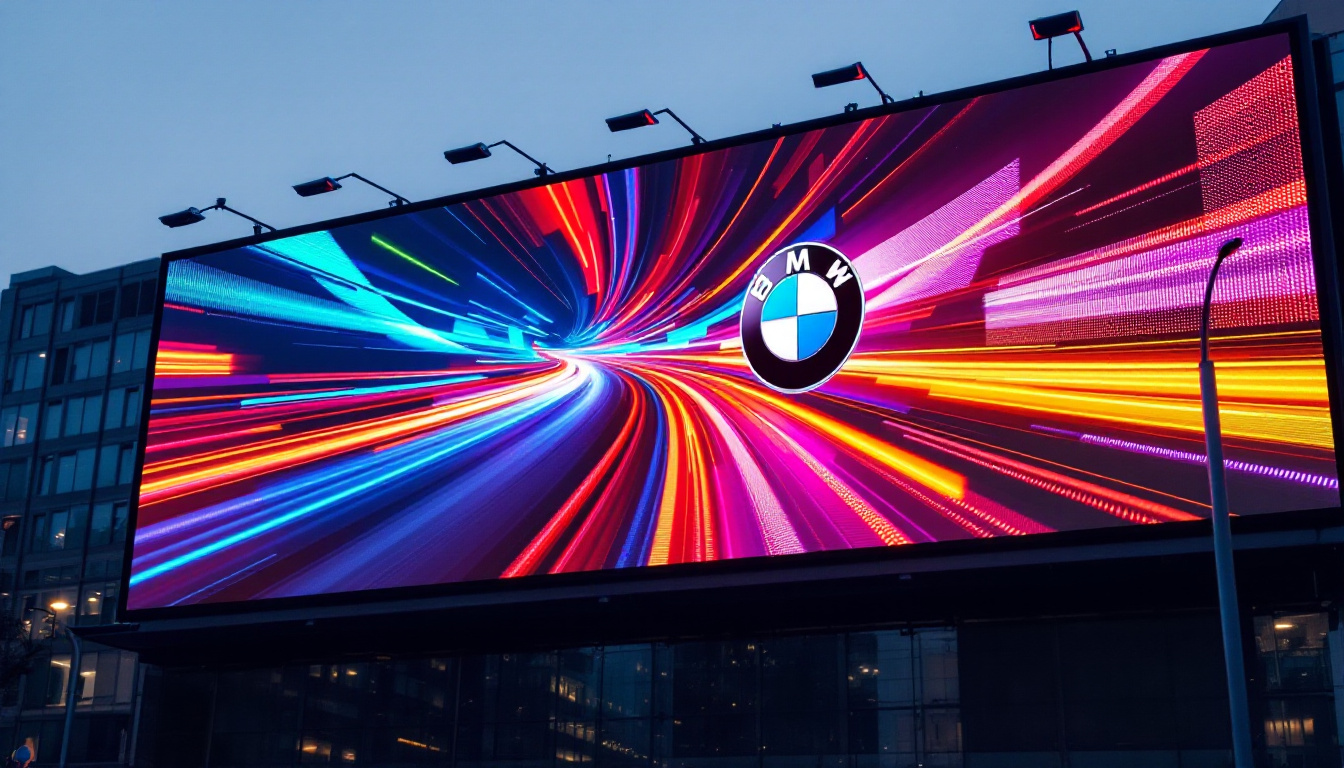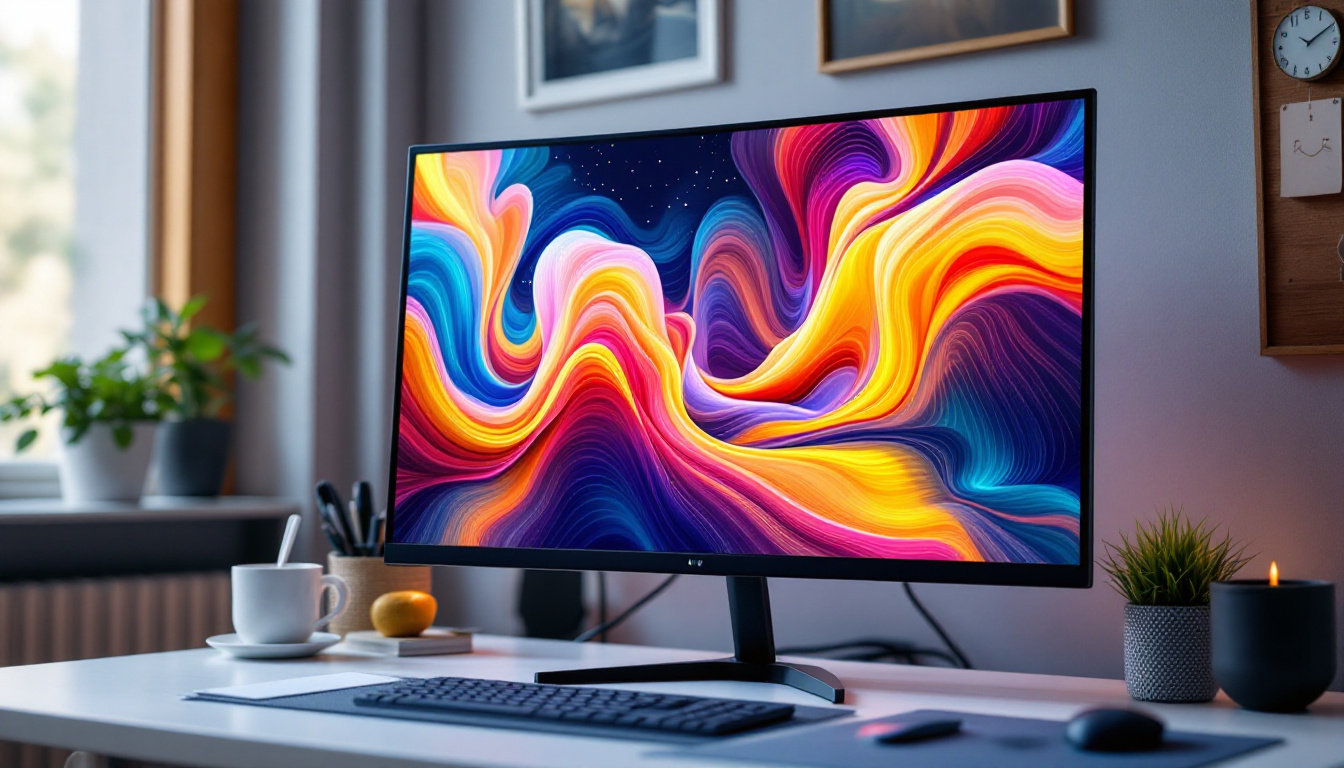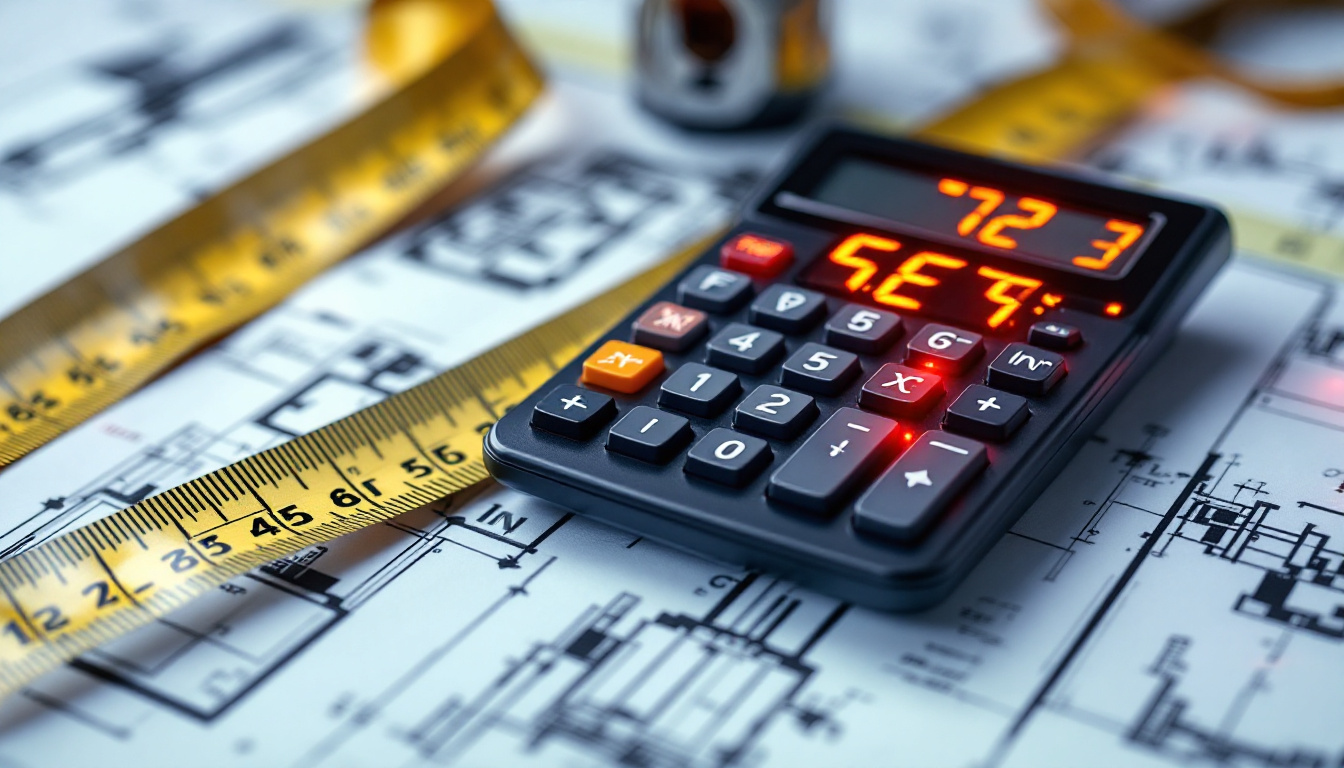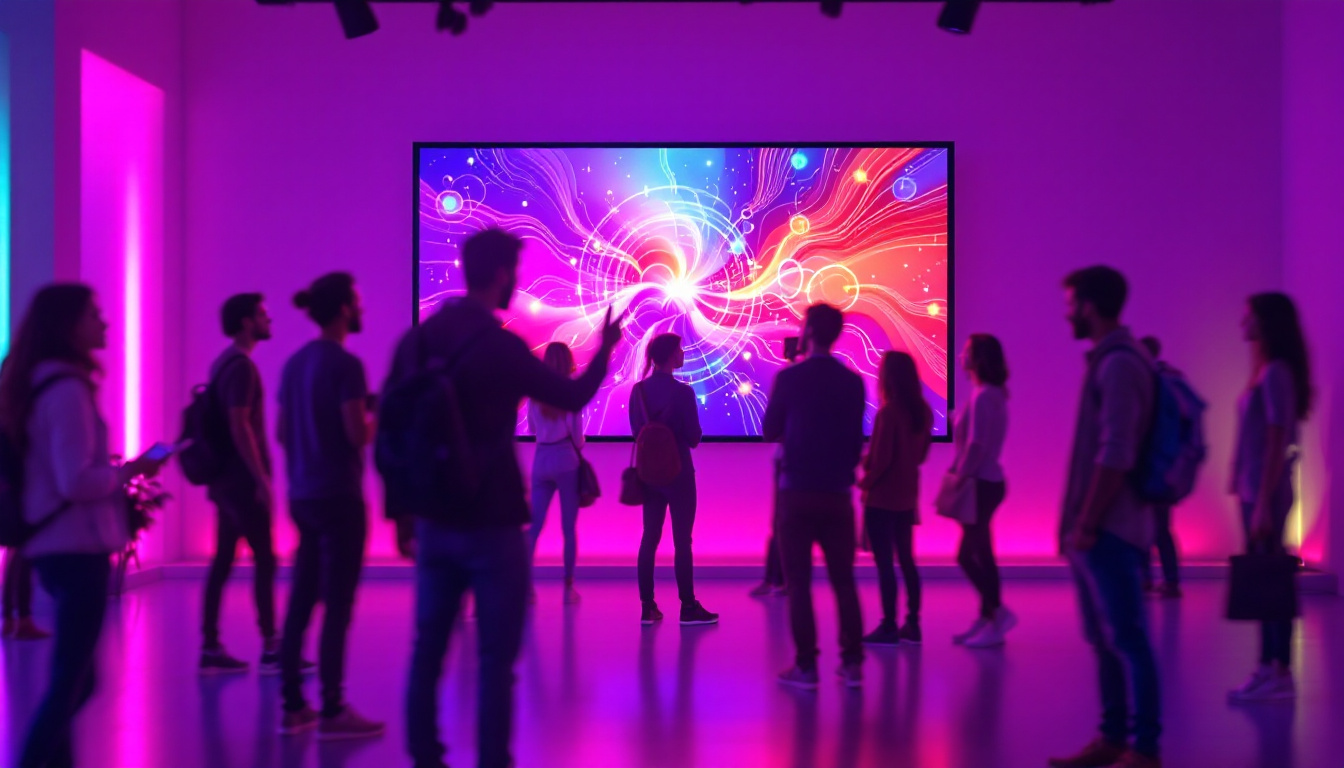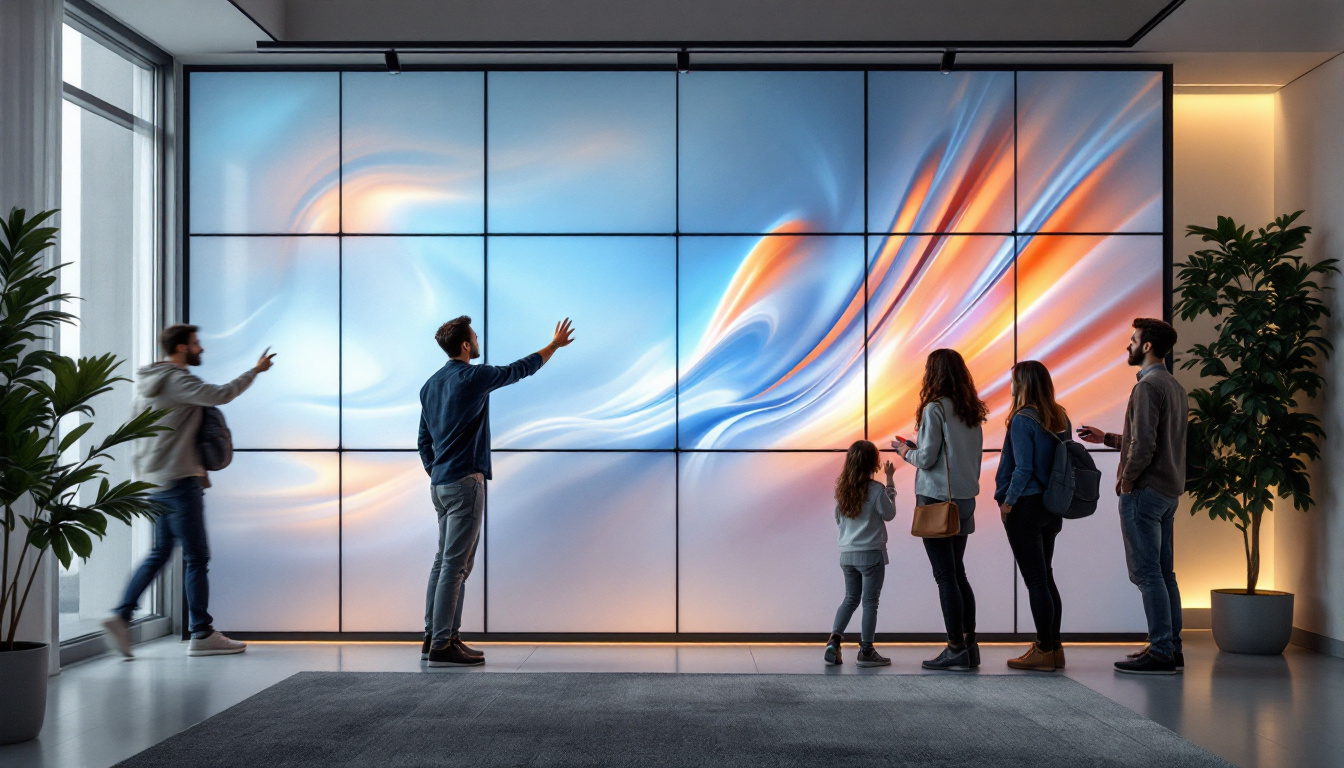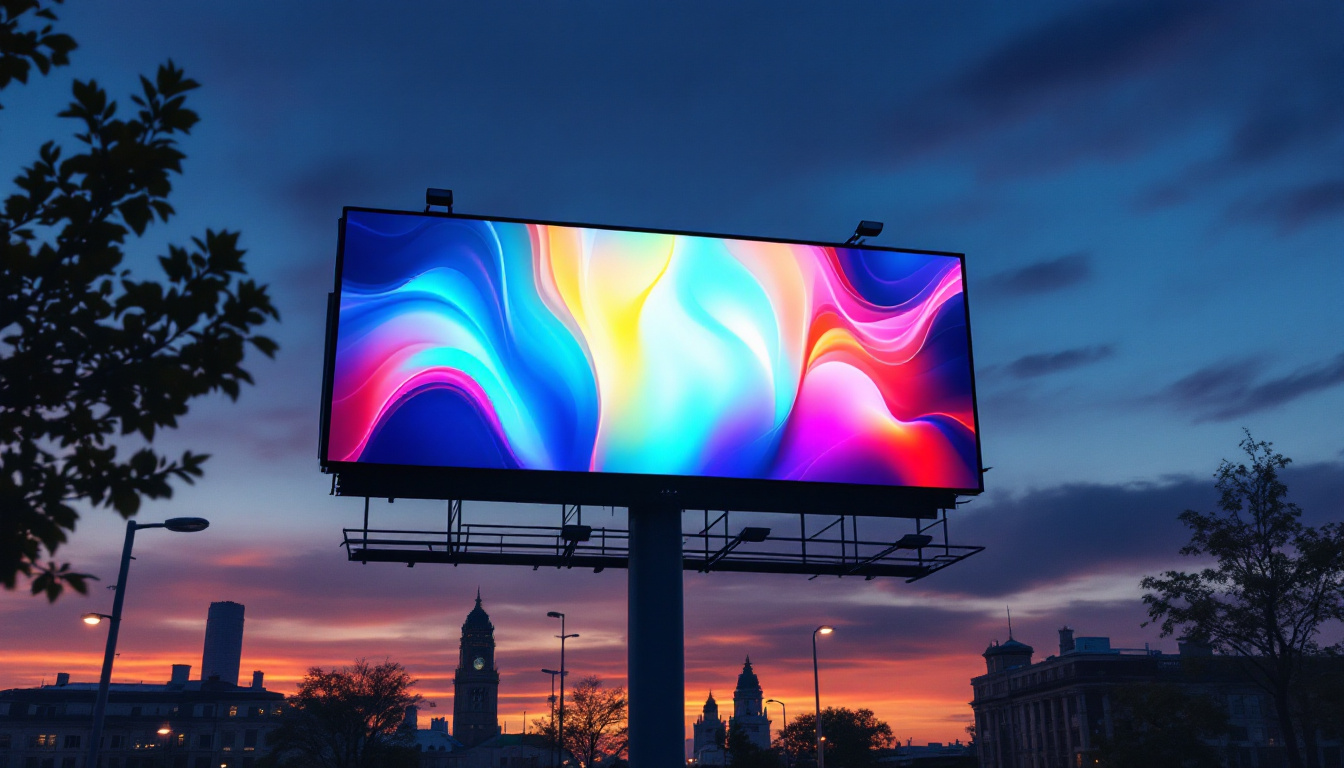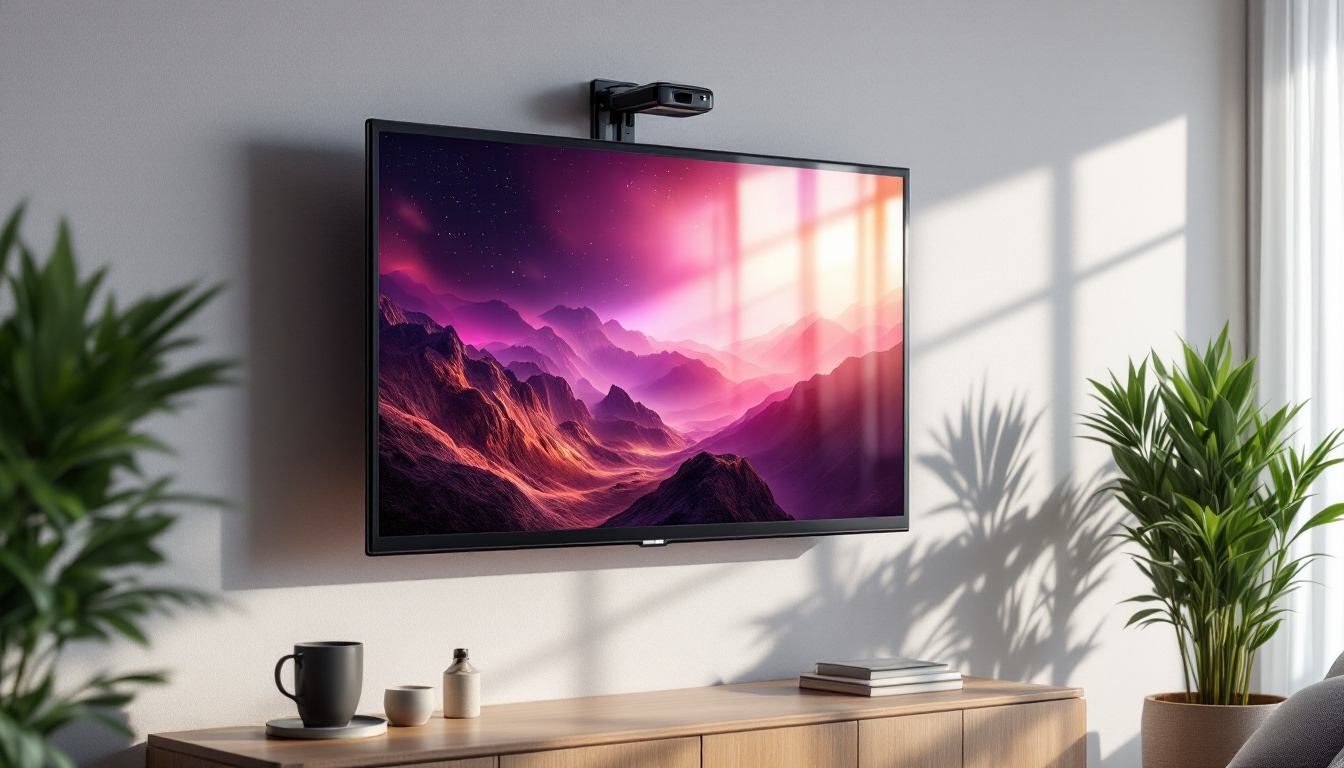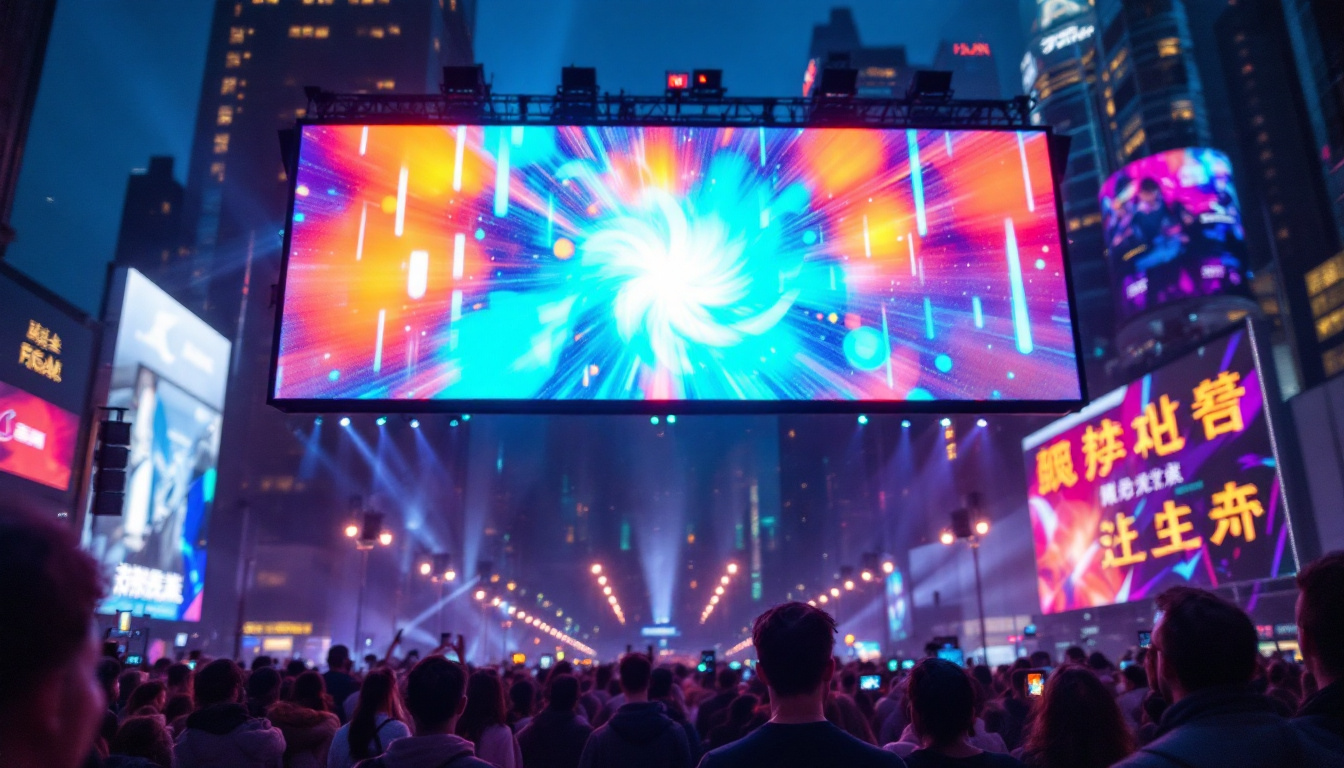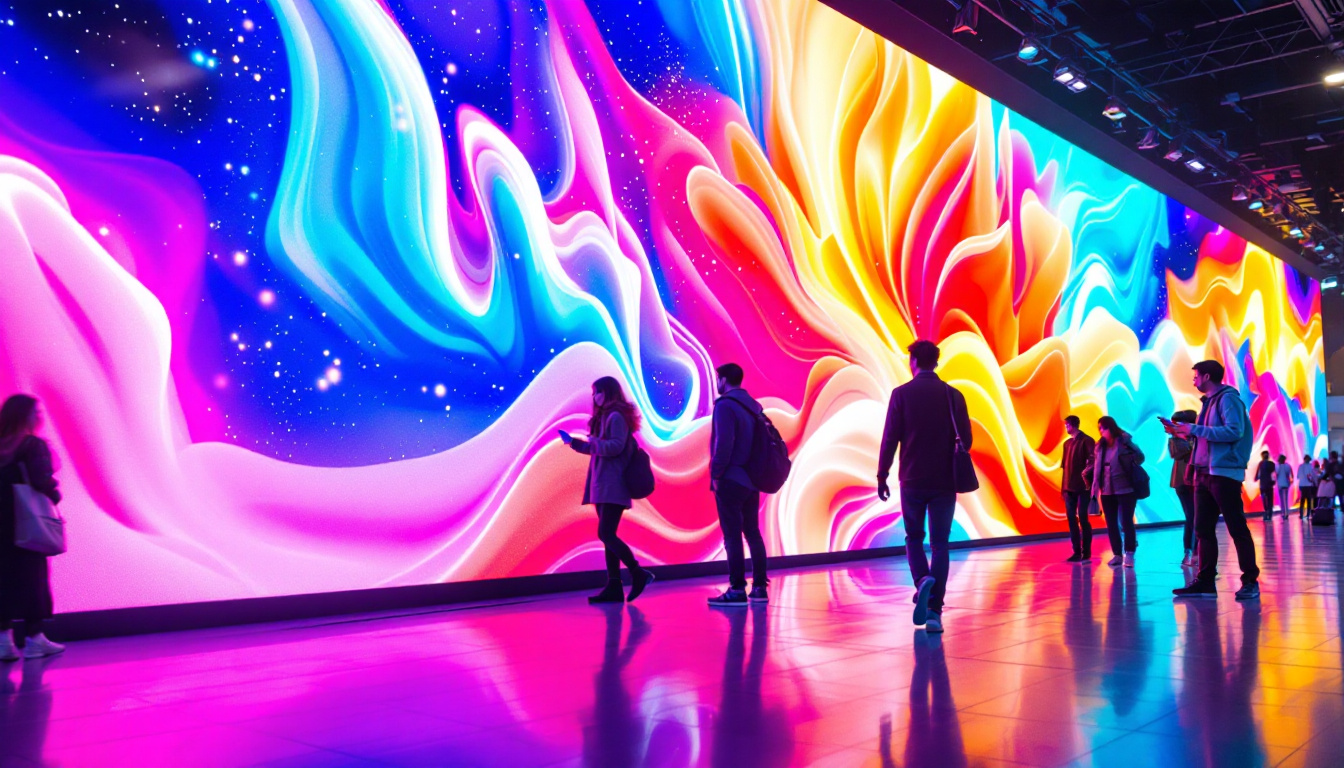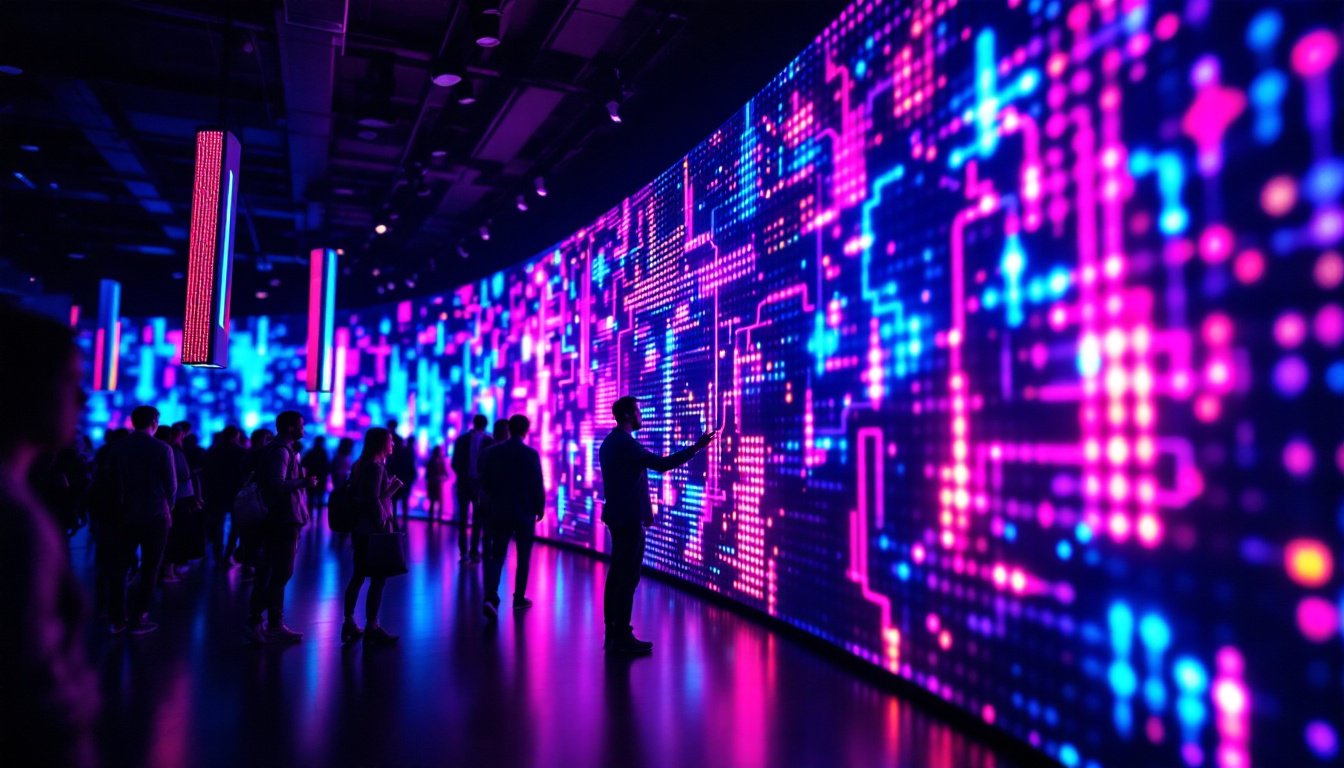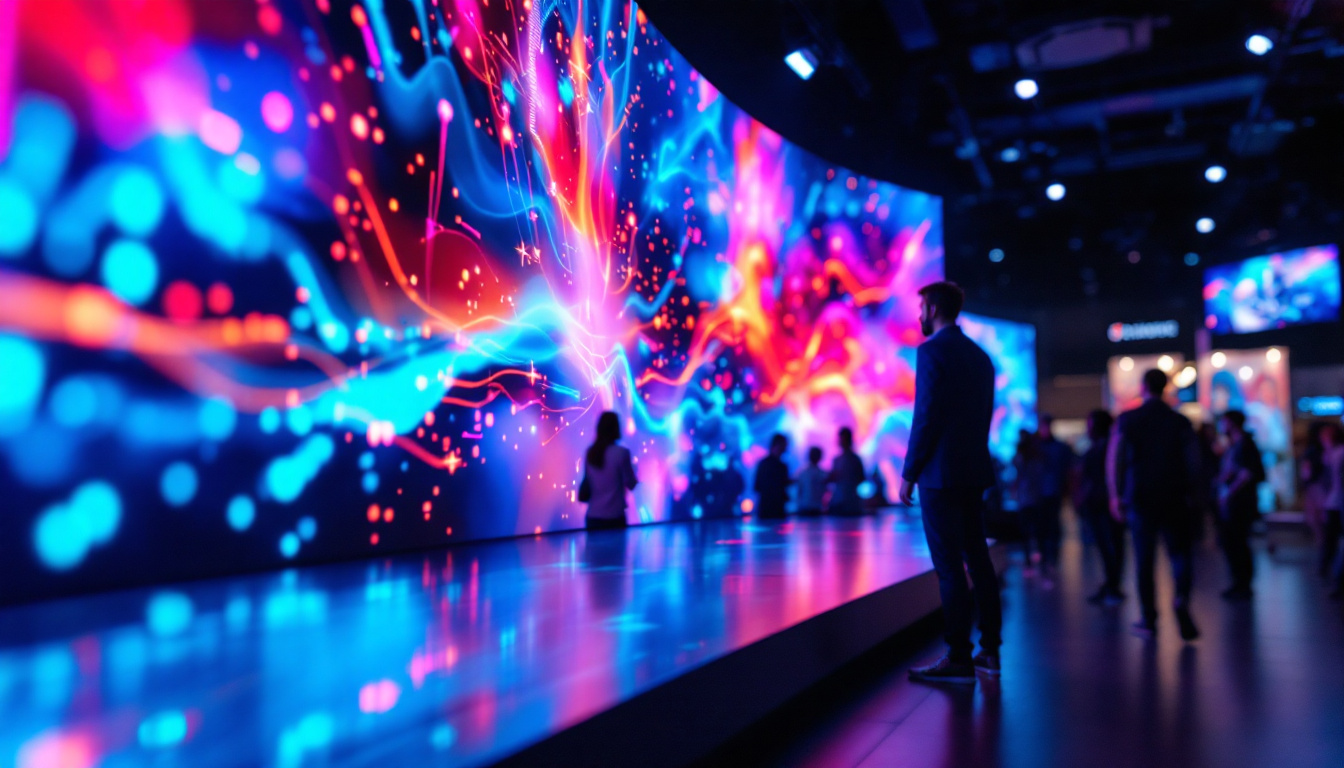In the modern world, visual communication has evolved significantly, and LED displays have become a pivotal aspect of this transformation. Crank systems, in particular, have emerged as a fascinating method for managing and optimizing LED displays. This article delves into the intricacies of crank systems, their functionality, and their application in LED displays.
Understanding Crank Systems
Crank systems are mechanical devices that convert rotational motion into linear motion. They are commonly used in various industries, including manufacturing, automotive, and entertainment. In the context of LED displays, crank systems play a crucial role in adjusting the angle, height, and position of the display panels to achieve optimal visibility and performance. The versatility of these systems allows them to be integrated into a wide range of applications, from large outdoor advertising screens to smaller, portable display units used at trade shows.
Mechanics of Crank Systems
The basic principle behind a crank system involves a crankshaft connected to a connecting rod. As the crankshaft rotates, it moves the connecting rod, which in turn translates this motion into linear movement. This mechanical advantage allows for precise adjustments, making it ideal for applications requiring dynamic positioning. The efficiency of this system is further enhanced by the use of bearings and lubrication, which reduce friction and wear, ensuring smooth operation over time.
In LED displays, this mechanism is particularly beneficial. It enables operators to tilt or rotate the display panels, ensuring that the audience receives the best viewing experience. Whether it’s for a concert, sports event, or advertising, the ability to adjust the display enhances visibility and engagement. Moreover, the integration of automated controls in modern crank systems allows for remote adjustments, enabling operators to make real-time changes based on audience feedback or environmental conditions, such as sunlight glare or obstructions.
Types of Crank Systems
There are various types of crank systems, each designed for specific applications and requirements. Some of the most common types include:
- Single Crank System: This system features a single crankshaft and is often used for simpler applications where minimal adjustment is needed. It is typically more cost-effective and easier to maintain, making it a popular choice for smaller displays.
- Double Crank System: Utilizing two crankshafts, this system offers greater stability and control, making it suitable for larger LED displays. The dual mechanism allows for more complex movements and can support heavier panels without compromising performance.
- Adjustable Crank System: This type allows for variable adjustments, providing flexibility in positioning and angle, which is essential for dynamic environments. These systems often incorporate user-friendly interfaces that enable quick adjustments, catering to the fast-paced nature of live events.
In addition to these common types, there are also specialized crank systems designed for unique applications. For instance, some systems are engineered to withstand extreme weather conditions, making them ideal for outdoor displays. Others may feature advanced materials and designs that reduce weight while maintaining strength, allowing for easier transport and setup. As technology continues to evolve, the development of smart crank systems that integrate with IoT devices is on the rise, promising even greater efficiency and control in the future.
The Role of LED Displays in Modern Communication
LED displays have revolutionized the way information is conveyed, offering vibrant colors, high resolution, and energy efficiency. They are ubiquitous in public spaces, from billboards to stadiums, and have become an integral part of marketing and entertainment.
Advantages of LED Displays
One of the primary advantages of LED displays is their brightness and clarity. Unlike traditional displays, LEDs can be viewed in direct sunlight without losing visibility. This feature makes them ideal for outdoor applications, where clear communication is vital.
Additionally, LED displays are energy-efficient, consuming significantly less power than other display technologies. This not only reduces operational costs but also contributes to environmental sustainability. Their long lifespan further enhances their appeal, making them a cost-effective solution for businesses and organizations. Furthermore, advancements in LED technology have led to the development of flexible and transparent displays, allowing for innovative design possibilities that can seamlessly integrate into various environments, from retail spaces to architectural installations.
Applications of LED Displays
LED displays are versatile and can be found in a variety of settings. Some of the most common applications include:
- Advertising: Businesses utilize LED displays for dynamic advertisements that can be easily updated to reflect current promotions or events.
- Events: Concerts, sports events, and festivals often feature large LED screens to enhance the audience’s experience.
- Information Systems: Airports, train stations, and public transportation hubs use LED displays to provide real-time information to travelers.
In addition to these applications, LED displays are increasingly being used in educational institutions, where they serve as interactive boards that facilitate engaging learning experiences. Schools and universities can display announcements, schedules, and educational content in a visually appealing manner, capturing the attention of students and staff alike. Moreover, the integration of LED technology in smart cities is on the rise, with displays being utilized for public safety announcements, traffic updates, and community information, further enhancing the connectivity and responsiveness of urban environments.
Integrating Crank Systems with LED Displays
The integration of crank systems with LED displays enhances the functionality and adaptability of these visual communication tools. By allowing for mechanical adjustments, crank systems enable operators to tailor the display to specific environments and audiences. This flexibility is particularly valuable in settings such as trade shows, outdoor events, and corporate presentations, where the ability to modify the display can significantly impact viewer engagement and information retention.
Benefits of Integration
Integrating crank systems with LED displays offers several benefits:
- Enhanced Visibility: Adjusting the angle and height of the display ensures that it is visible from various vantage points, maximizing audience engagement. This is especially crucial in large venues where attendees may be seated at different elevations or angles relative to the display.
- Dynamic Positioning: Crank systems allow for quick adjustments, making it easier to respond to changing conditions, such as lighting or audience size. For instance, during an outdoor event, the sun’s position can change throughout the day, and being able to tilt or raise the display can help maintain optimal visibility.
- Improved Safety: By enabling operators to position displays safely and securely, crank systems help minimize the risk of accidents and damage. This is particularly important in crowded environments where the risk of collisions or unintended contact with the display is heightened.
Challenges in Integration
While the integration of crank systems with LED displays offers numerous advantages, it is not without challenges. Some of the key issues include:
- Complexity: The mechanical nature of crank systems can introduce complexity in design and operation, requiring skilled personnel for maintenance and adjustments. This complexity may necessitate specialized training for staff, which can be an additional burden for organizations.
- Cost: The initial investment for integrating crank systems with LED displays can be significant, which may deter some organizations from adopting this technology. However, many organizations find that the long-term benefits, such as increased audience engagement and reduced labor costs for setup and adjustments, can offset the initial expenditure.
- Space Requirements: Crank systems may require additional space for installation and operation, which can be a limiting factor in certain environments. In venues with limited space, creative solutions may be necessary to accommodate both the display and the crank mechanism without compromising functionality.
Moreover, the integration process itself can be a point of contention, as it often involves collaboration between various departments, including technical teams, event planners, and safety personnel. Each group may have different priorities and concerns, which can complicate the design and implementation phases. Additionally, ensuring that the crank system is compatible with existing LED technology can pose further challenges, necessitating thorough research and possibly custom solutions to achieve seamless integration.
Another aspect to consider is the maintenance of the integrated system. Regular checks and servicing of both the crank mechanism and the LED display are essential to ensure optimal performance and longevity. This ongoing maintenance can add to operational costs but is crucial for preventing unexpected failures during critical presentations or events. Organizations may also need to establish a robust support system to address any technical issues that arise, ensuring that they can quickly resolve problems and minimize downtime.
Future Trends in Crank Systems and LED Displays
The future of crank systems and LED displays is poised for exciting developments. As technology continues to advance, several trends are emerging that could shape the landscape of visual communication.
Smart Integration
One of the most promising trends is the integration of smart technology into crank systems. By incorporating sensors and automation, operators can achieve precise adjustments with minimal manual intervention. This not only enhances efficiency but also allows for real-time monitoring and adjustments based on environmental conditions.
For instance, a smart crank system could automatically adjust the angle of an LED display based on the position of the sun, ensuring optimal visibility throughout the day. Such advancements could revolutionize how LED displays are utilized in outdoor settings.
Increased Customization
As the demand for personalized experiences grows, the ability to customize LED displays will become increasingly important. Crank systems that allow for easy reconfiguration of display panels will enable businesses to adapt their messaging and visuals to suit specific audiences or events.
This trend is particularly relevant in the advertising sector, where brands are continuously seeking innovative ways to capture consumer attention. customizable LED displays, supported by flexible crank systems, could provide a significant competitive advantage.
Sustainability Initiatives
With a growing emphasis on sustainability, the future of crank systems and LED displays will likely focus on eco-friendly materials and energy-efficient designs. Manufacturers may explore lightweight materials that reduce the overall weight of the display and the crank system, leading to lower energy consumption during operation.
Additionally, incorporating renewable energy sources, such as solar panels, into the design of LED displays could further enhance their sustainability. This shift not only benefits the environment but also aligns with consumer preferences for eco-conscious brands.
Conclusion
Crank systems play a vital role in the functionality and adaptability of LED displays, enhancing their effectiveness as tools for communication and engagement. As technology continues to evolve, the integration of smart features, increased customization, and sustainability initiatives will shape the future of these systems.
Businesses and organizations looking to leverage LED displays for advertising, events, or information dissemination should consider the benefits of incorporating crank systems. By doing so, they can ensure optimal visibility and engagement, ultimately enhancing their communication strategies in an increasingly visual world.
Discover LumenMatrix LED Display Solutions
As you consider the dynamic role of crank systems in enhancing LED displays, take the next step with LumenMatrix. Our innovative LED display technology is designed to captivate your audience and amplify your message with unparalleled clarity and impact. From indoor and outdoor displays to customizable and transparent solutions, LumenMatrix offers a comprehensive range of products to meet your visual communication needs. Experience the future of LED displays and elevate your brand’s visibility by exploring our cutting-edge solutions. Check out LumenMatrix LED Display Solutions today and transform your communication strategy.



